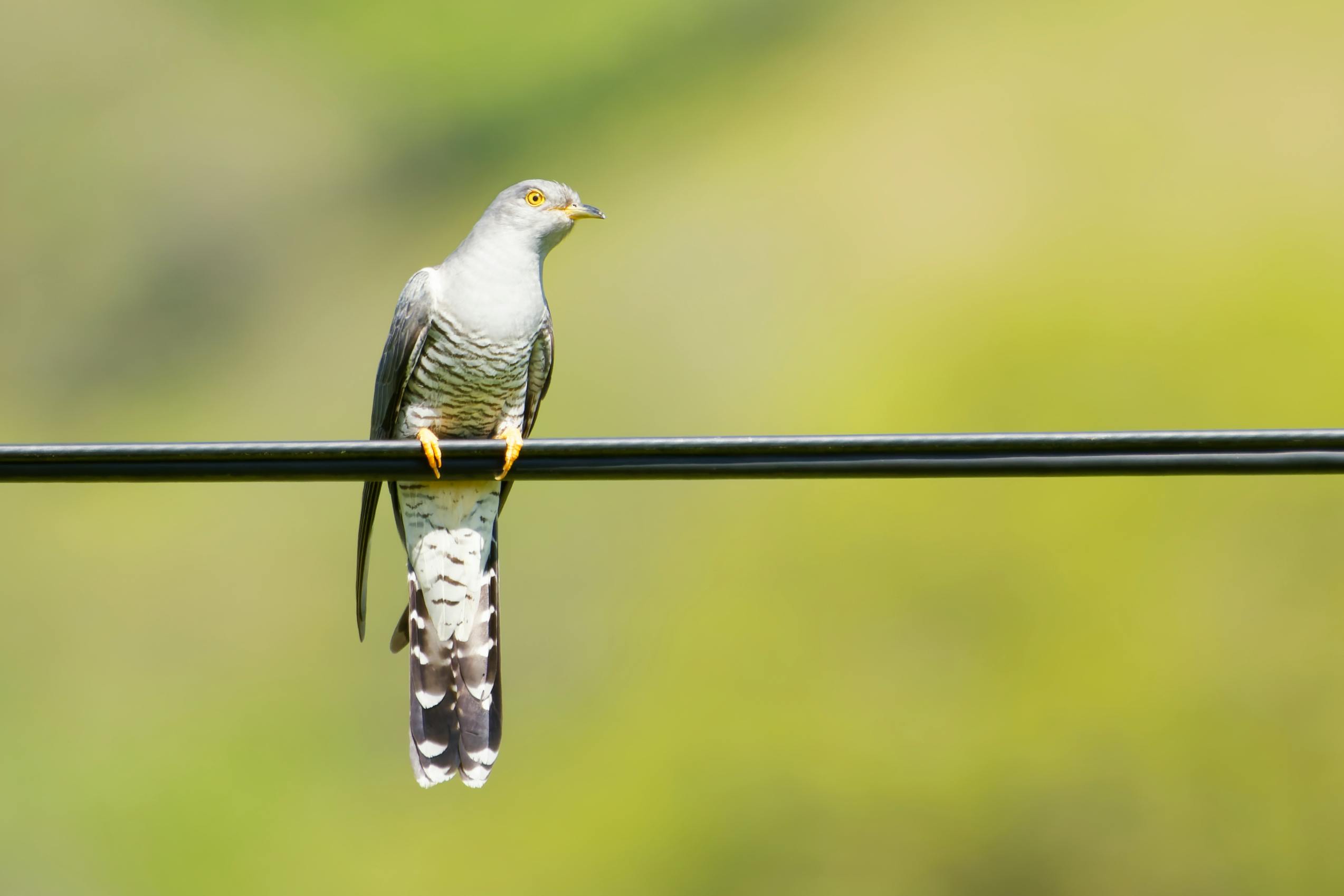Cuckoos are among the most intriguing bird species in the world, known for their distinct calls, secretive habits, and remarkable reproductive strategy called brood parasitism. Found on nearly every continent, cuckoos have adapted to diverse habitats, ranging from dense forests to open grasslands. With over 140 species, these birds exhibit a wide variety of behaviours and traits, making them a subject of fascination for bird enthusiasts and researchers alike. In addition to their ecological significance, cuckoos hold symbolic value in many cultures, often representing time, mystery, or unfaithfulness. This article explores the unique characteristics, habitat, diet, cultural importance, and conservation efforts surrounding these fascinating birds.
Unique Traits and Adaptations of Cuckoos
Cuckoos are famous for their unique adaptations. The most remarkable is brood parasitism. This means they lay eggs in other birds’ nests, leaving the host birds to raise their chicks. This strategy saves cuckoos energy and increases their chances of survival. To fool host birds, cuckoo eggs often look very similar to the host’s eggs. This is called egg mimicry.
Cuckoos are also known for their distinct calls. The “cu-coo” call of the male common cuckoo is a well-known sound of spring. Some species can even mimic the calls of other birds. This helps them avoid predators or blend into their surroundings. Cuckoos are also excellent migrants. They travel long distances between their breeding and wintering grounds, often crossing continents.
How Cuckoos Use Brood Parasitism to Reproduce
Brood parasitism is the most fascinating trait of cuckoos. Female cuckoos choose host nests with great care. They lay their eggs quickly and leave before being spotted. Their eggs hatch faster than the host’s eggs. Once hatched, the cuckoo chick often pushes out the host’s eggs or chicks. This ensures the host parents focus only on feeding the cuckoo chick.
The Global Distribution and Habitats of Cuckoos
Cuckoos are found on almost every continent except Antarctica. They thrive in many habitats, from dense forests to open grasslands. Some species prefer tropical rainforests, while others live in dry savannas or temperate woodlands. This ability to adapt has helped them spread across the globe.
Migratory cuckoos travel vast distances. For example, the common cuckoo breeds in Europe and Asia but migrates to Africa for the winter. Other species, like the koel, are more localized and stay within one region year-round. Their flexible habitat preferences allow them to coexist with a wide variety of host birds for brood parasitism.
Common Habitats for Cuckoo Species Around the World
Cuckoo species adapt to their environments in unique ways. Forest cuckoos, like the yellow-billed cuckoo, prefer thick tree cover where they can forage for insects. Grassland species, such as the greater roadrunner, thrive in open areas where they hunt on foot. Wetland cuckoos, like the pheasant coucal, are often found near swamps or marshes. Each habitat supports different behaviours, feeding styles, and breeding strategies.
The Diet and Feeding Behavior of Cuckoos
Cuckoos have a varied diet that depends on their species and habitat. Most cuckoos are insectivorous, feeding on caterpillars, beetles, and grasshoppers. They are one of the few bird species that eat hairy caterpillars, which many birds avoid due to their toxic hairs. Some cuckoos also eat fruits, small reptiles, and other invertebrates.
Cuckoos are opportunistic feeders. They hunt actively, often scanning their surroundings for movement. Many species forage in trees, while ground-dwelling cuckoos, like the greater roadrunner, hunt on the ground. Their sharp eyesight and agility help them catch fast-moving prey with precision.
What Cuckoos Eat and How They Hunt
Cuckoos use different hunting strategies depending on their environment. Tree-dwelling cuckoos perch silently, waiting to spot their prey before making quick movements to snatch it. Ground cuckoos, on the other hand, run swiftly to chase insects or small animals. Their diet can also vary by season. During breeding months, they consume protein-rich insects to sustain their energy. In colder months, some species switch to eating fruits or seeds when insects are scarce.
The Symbolism and Cultural Significance of Cuckoos
Cuckoos have played an important role in myths, folklore, and literature across cultures. Their distinct call and secretive habits have inspired many symbolic meanings. In some cultures, they are seen as messengers of spring and renewal. The common cuckoo’s call is often associated with the arrival of warmer seasons in Europe and Asia.
However, cuckoos also carry negative symbolism in some traditions. Their brood parasitism has made them symbols of deception or betrayal. In European folklore, a “cuckold” refers to someone whose spouse is unfaithful, tying into the bird’s behavior of leaving its eggs for others to raise. Despite these mixed associations, cuckoos remain a powerful cultural symbol across history.
Cuckoos in Mythology, Folklore, and Literature
Cuckoos appear in many stories and traditions. In Greek mythology, the cuckoo was linked to Hera, the goddess of marriage, symbolizing fidelity and love. In Indian culture, the koel cuckoo is celebrated for its sweet song, often featured in poetry and songs. In literature, cuckoos frequently symbolize time and transience, as seen in the famous cuckoo clocks of Switzerland. Their presence in these stories highlights their enduring impact on human imagination.
Conservation Status of Cuckoos
Many cuckoo species are thriving, but some face serious threats. Habitat loss is the biggest challenge for cuckoos. Deforestation, urbanization, and agricultural expansion reduce the spaces where they can live and breed. Climate change also disrupts their migration patterns, making it harder to find food and suitable habitats.
Brood parasitism, a key survival strategy for cuckoos, depends on the availability of host species. If host bird populations decline, it can negatively affect cuckoo numbers. Despite these challenges, conservation efforts are helping. Protecting forests and wetlands, as well as monitoring migration patterns, are key strategies to support cuckoo populations.
Threats and Efforts to Protect Cuckoo Populations
Cuckoo populations face several risks. The destruction of forests, grasslands, and wetlands leaves them with fewer nesting and feeding grounds. Pesticide use also reduces insect populations, their main food source. In response, conservation organizations are working to protect habitats and raise awareness about the importance of cuckoos in ecosystems. Public involvement in birdwatching and local conservation projects has also played a role in helping these fascinating birds.
Conclusion
Cuckoos are extraordinary birds with unique traits and behaviors that make them stand out in the avian world. From their clever brood parasitism to their distinct calls, they have fascinated people for centuries. Found in diverse habitats worldwide, cuckoos play an important role in ecosystems by controlling insect populations.
Despite their resilience, some cuckoo species face challenges like habitat loss and climate change. Conservation efforts are essential to ensure their survival and maintain ecological balance. By learning more about cuckoos and supporting conservation initiatives, we can help protect these remarkable birds for future generations.

